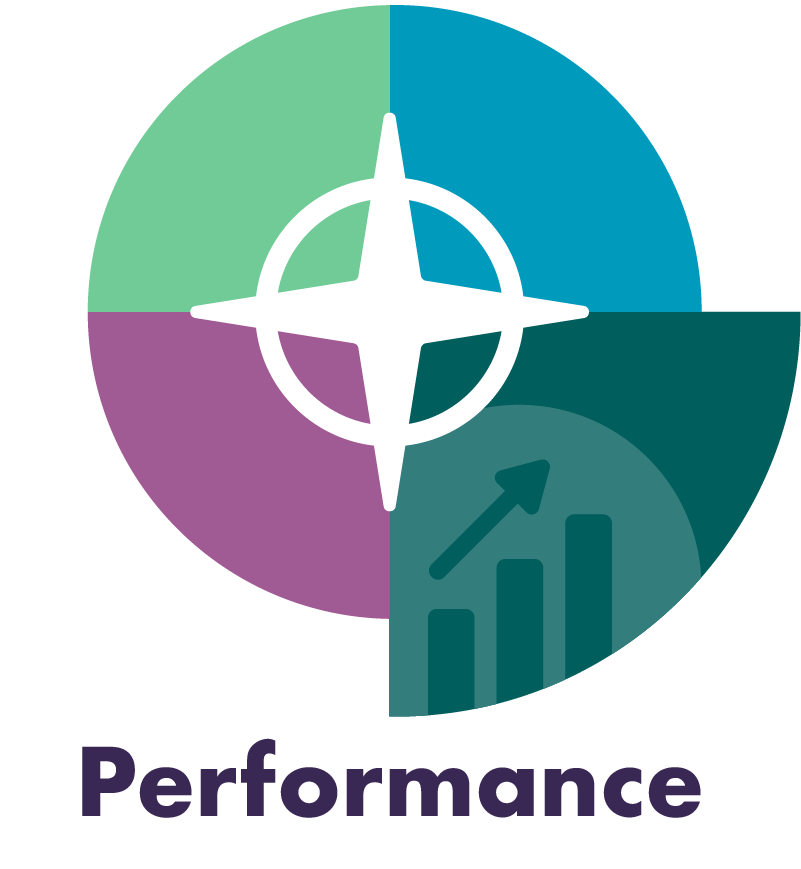Specifications and Service Level agreements are perhaps some of the most important contracts a business can have within its own operating environment and across its supply chain. These documented agreements are a committed, costed, and a relationship promise, so the more time and effort afforded to the careful consideration of what expectations are being set, the more understood and therefore predictable the outcomes.
When considering what to specify for a material or service from both internal and external partners, the consideration of critical risks such as food crime must be considered in order to create some thresholds of security and reassurance.
For material specifications, the capture of elements relating food safety, quality, functionality and authenticity, should also be accompanied by origin and even location. To specify 'milk powder' as a material has much less structure than to specify milk powder from cows milk, sourced from UK farms, delivered in 25kg lined paper bags. The greater the emphasis on the subject matter and detail of a material or service specification, the clearer the expectation and the better able a business is to test and confirm compliance and also the spirit of the sourcing relationship.


